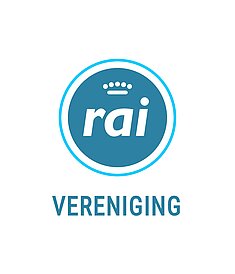Managing Traffic Flows via a 'Digital City Gate'

As a specialist in automated driving and vehicle connectivity, V-tron has participated in the Digital Infrastructure for Future-Proof Mobility (DITM) project since the beginning of this year. Within this RAI Automotive Industry NL and Brainport Eindhoven project, the company is involved in various practical trials, such as remotely controlling buses in a shunting yard. Alongside partners like MapTM, Coding the Curbs, and Swarco, V-Tron is collaborating on the 'SmartZone Buffer' project. The goal is to keep city centers livable and accessible through a 'digital city gate.'
Three Pillars of Mobility
Arno van der Steen, ADAS consultant at V-tron, explains in the latest edition of GO!Mobility that the company's operations are centered around three key pillars of mobility: sustainability, safety, and traffic flow. "We are convinced that autonomous driving will become a reality in the long term. Until then, automated mobility, where systems support the driver, will dominate. We expect that as governments withdraw from active roles, all responsibilities in the field of mobility will be redefined. This means that all parties, like V-tron, who are active daily in the mobility chain, will need to anticipate these changes. In a complex ecosystem, it is impossible to act alone; collaboration with other parties is crucial."
Digital City Gate
V-tron works closely with partners such as MapTM, Coding the Curbs, and Swarco on the 'SmartZone Buffer' project within the Dutch Metropolitan Ecosystem (DMI) for mobility innovation and smart, sustainable urbanization. The goal is to keep city centers livable and accessible through a 'digital city gate' and a buffer. Van der Steen explains that Smartzone Buffer is a data platform that provides information about road and parking space usage. "Additionally, municipal policies can be adjusted based on the information from the system. This creates a continuous data stream that allows smart management or adjustment of traffic flows at the city's edge (city gate). For example, routing traffic along routes where there are no schools. Each vehicle thus receives its optimal route, which prevents congestion and contributes to reduced emissions, safer driving behavior, etc. It also makes it possible to manage loading and unloading of trucks without reservations, restrict access to certain zones, or do so when routes do not provide sufficient opportunities for safe driving or maneuvering."
Future Mobility Park
The first practical trials with SmartZone Buffer occur at the Future Mobility Park, a controlled test and learning environment in Rotterdam. "The intention is to roll out SmartZone Buffer more broadly with several leading municipalities, including Helmond, Zwolle, and Apeldoorn, which have expressed interest in contributing to the further development of these services, to scale up to nationwide coverage eventually."
